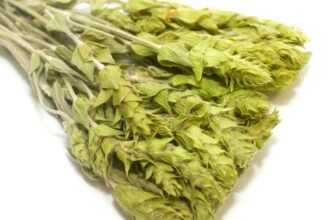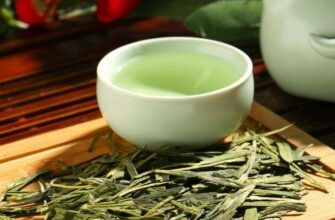Jan 23 2011
Tea is a tonic and refreshing drink that came to us from China. Eastern peoples consider tea the best way to help endure intense heat.
According to legend, around 2737 BC, The then reigning Emperor Shen Nung, also known as the Divine Healer, was sitting on a hot summer day under a small bushy tree. The emperor waited until the water boiled for him cooled down. (The emperor took care of the health of his people and issued a decree according to which all subjects were required to drink only boiled water). fell into his cauldron. After a while, the Emperor tasted the water from the cauldron. The resulting drink gave him mental clarity and strength. According to legend, this is how tea was born.
Since that time, tea has spread rapidly throughout China. Already in 265 g. AD – 420 AD in the Jin era, written sources mention the existence of tea shops and places for collective tea drinking. For a long time, tea was considered a cult imperial drink. For more than three millennia, emperors gave tea leaves to their subjects as a token of encouragement.
479 g AD China, Mongolia. The annals recorded the fact of the exchange of tea for other goods on the southern and western borders of China. Thus began the movement of tea along the famous Silk Road.
710 g AD -790 AD - Emergence of tea plantations in Japan. In Japan, tea is perceived as medicine. A little more time passed and the tea leaf has already spread to Korea, Sri Lanka and India. Moreover, in India, he was prescribed miraculous properties and for a long time considered tea a narcotic drug.
1517 AD – Tea ends up in Portugal. There it is occasionally consumed in aristocratic houses as an exotic drink.
1610 AD - at this time, merchants from Holland for the first time brought tea to Europe in large quantities.
1669 gg. AD - tea reaches America and finds its distribution in Massachusetts.
IN 1679 gg. was the first time an agreement was concluded with China for the supply of tea to Russia. The tea was supplied from southern China, where tea was called "cha-i" or "cha-e" - hence the Russian-language name. Due to the fact that the path of tea was long (it took about 16 months) and dangerous in Russia, tea was quite expensive. For a long time, tea drinking was popular only in Moscow because of the rarity and high cost of the drink. The spread of tea throughout Russia occurred only at the end of the 19th century, with the advent of railways and the development of maritime communications. The drink became inexpensive, "tea tables" appeared in expensive restaurants, it was introduced into the menu of numerous tea houses, as well as into the allowance of the Russian army.
In 1874, the industrialist Solovtsev tried to establish tea production on the territory of the Russian Empire. He managed to harvest from the leaves, but the drink from them turned out to be tasteless. The secrets of tea production were revealed by specialists under the guidance of the tea merchant Popov. To study the ways of processing tea leaves, they went to Asia and successfully coped with the task. Soon, industrial production of tea was established in the Batumi region. At the beginning of the 20th century, the first plantations appeared near Sochi. Today, varieties of camellia sinensis grown in the Krasnodar Territory are the northernmost in the world.
Read more:






